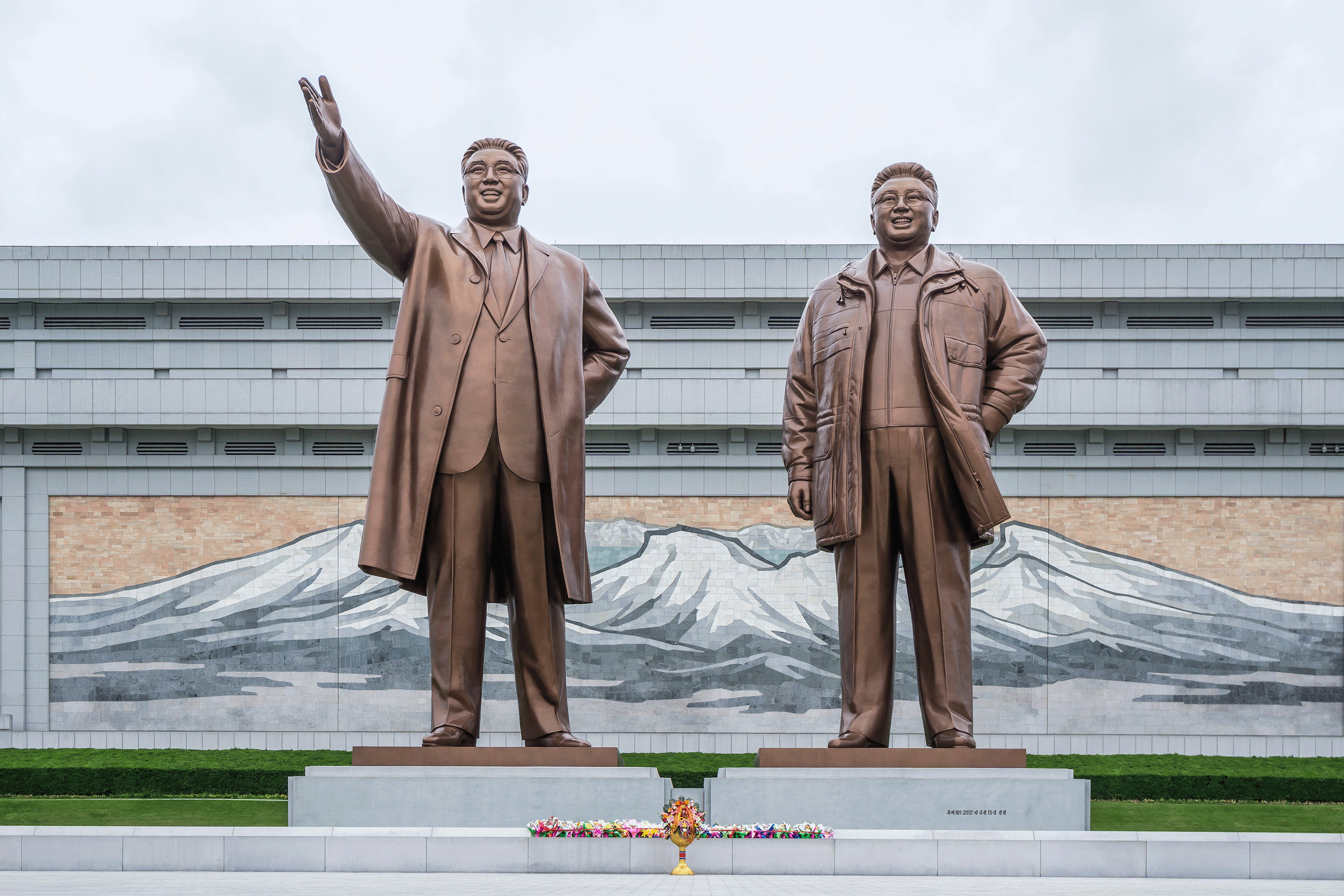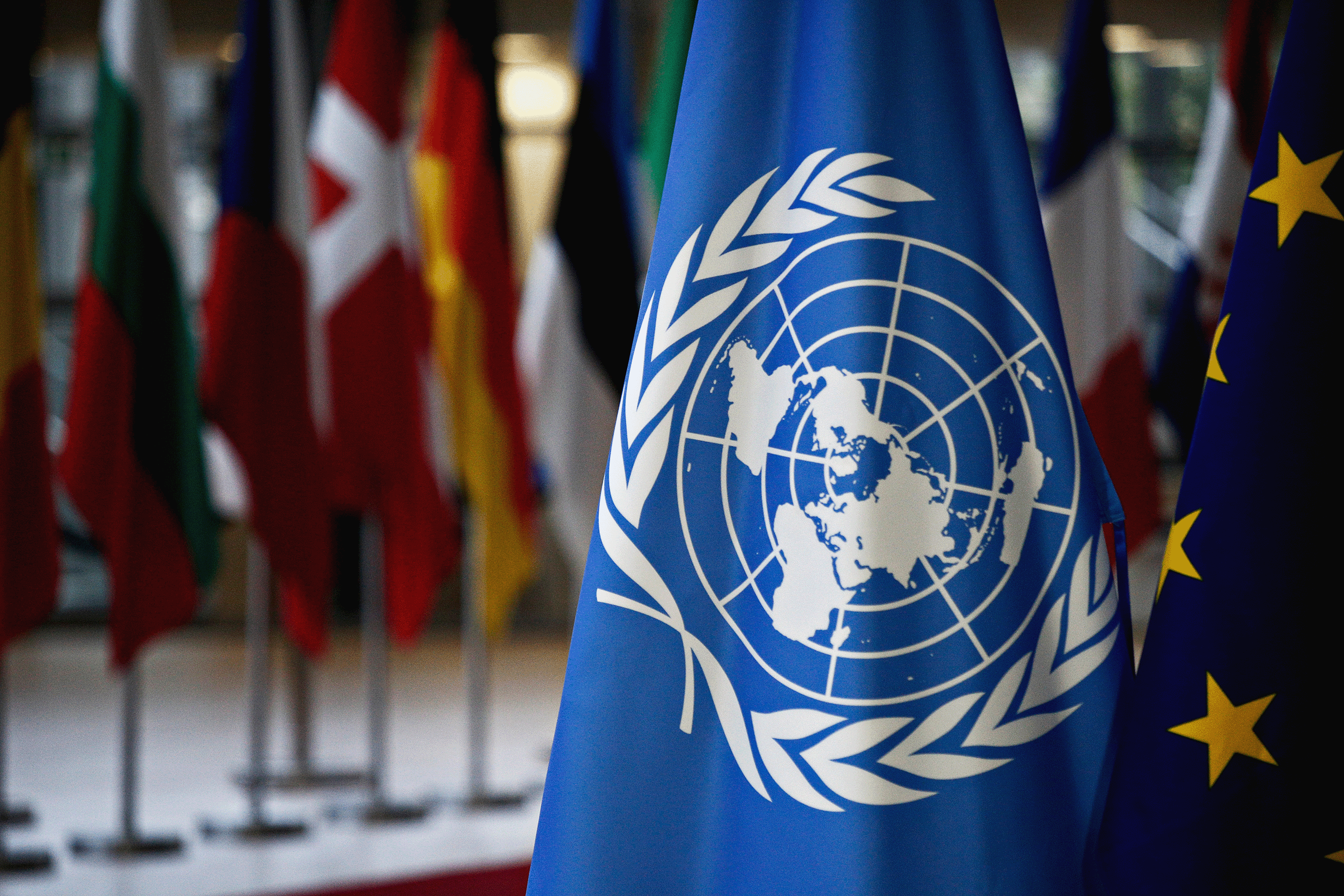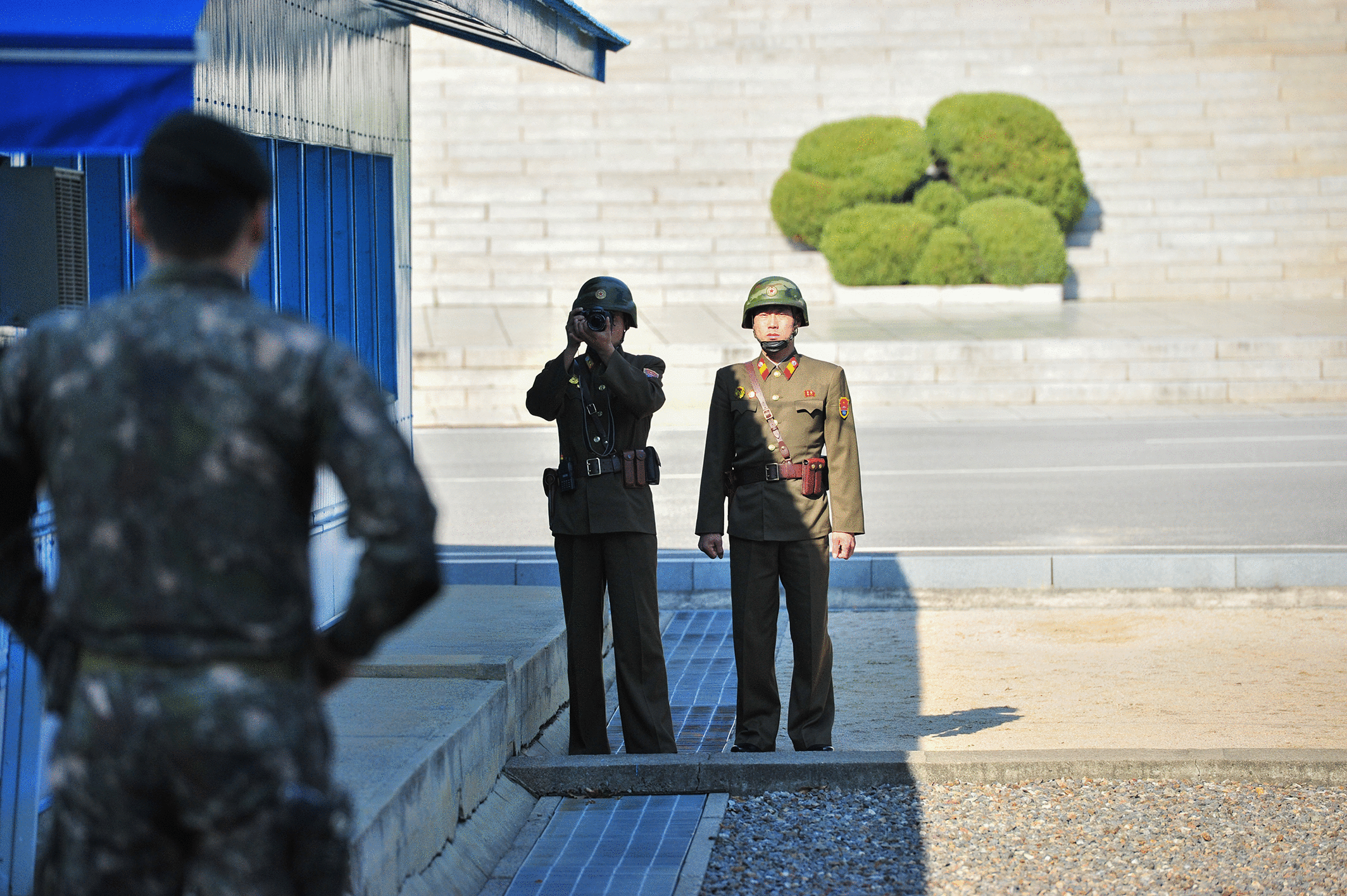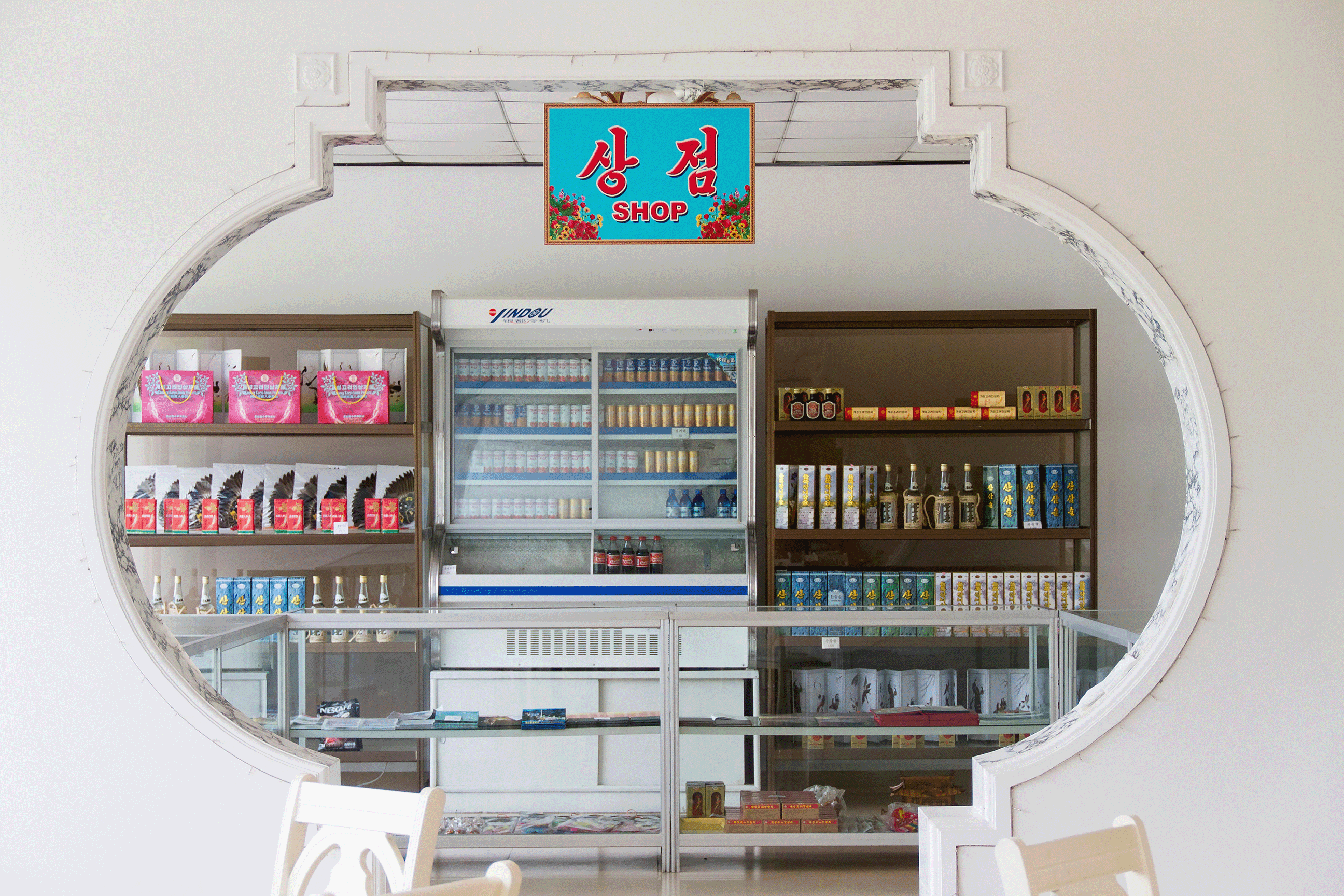
A Three-Way Comparison Between Songun Politics and Kim Jong Un’s Rule
Commentary | January 05, 2022
Hyeong Jung Park
Emeritus Research Fellow at the Korea Institute for National Unification (KINU)
North Korea is among the few states in the world with hereditary succession as the official policy for power succession; leadership is solely centered on the Kim family. This, however, is not to say that the successor is to inherit all characteristics of their predecessor. In this commentary, Hyeong Jung Park, Emeritus Research Fellow at the Korea Institute for National Unification (KINU) compares Songun politics during the Kim Jong Il and Kim Jong Un era. The author approaches the comparison in the three dimensions of external security strategy, the governing system, and major power groups and beneficiaries, noting policies and key features that have discontinued and changed with the introduction of the Kim Jong Un regime.
North Korea has emphasized strict adherence to the “dying instructions of the predecessor”(유훈통치, yuhun tongchi) on the occasions of hereditary power succession. However, there were significant differences before and after the inheritance of power regarding the three dimensions of external security strategy, governing system, and major power groups and beneficiaries. This paper will make a three-way comparison between Songun (military-first) politics of the Kim Jong Il era (1994-2011) and Kim Jong Un’s rule (2011-present).
External Security Strategy
The key goal of external security strategy under Songun politics was to ease tensions through provisional and tactical compromises with South Korea and the U.S. North Korea benefited from this strategy in three ways. First, security threat from South Korea and the U.S. was alleviated. Second, the regime received aid and funds necessary for nuclear and missile development as well as the rehabilitation of the domestic system. Third, it bought time through delaying tactics in negotiations and refusing to come to terms with its adversaries, while benefiting from tension reduction and aid provision. With such strategy, Kim Jong Il managed to maintain a relatively benign external environment during the period of North Korea’s historical weakness, taking advantage of three diplomatic incidents: North Korea-U.S. accommodation starting with the Agreed Framework of 1994 until 2001; the inter-Korean détente between 2000 ~ 2007 with the two summits in 2000 and 2007; the Six Party Talks between 2003-2008.
Kim Jong Un’s external security strategy has been focused on weathering the storm of external pressures until its establishment of a hegemonic position in the security landscape of the Korean peninsula. He has been hitherto ready to endure any external and internal costs in his efforts for enhancing the regime’s nuclear and missile capabilities. His strategy has three staged goals – the first was to “complete the national nuclear forces,” as was declared in November 2017, through showing off the basic capabilities for assured retaliation against the U.S. The second is to expand and modernize its “national defense force” including nuclear capacities to change the balance of power with the U.S. in its favor and ultimately to “prevail over and subjugate the U.S.” on the Korean peninsula, as was declared in the 8th party congress in January 2021. The third is to make the South and the U.S. agree to a security order on the Korean Peninsula that is structurally favorable for North Korea through coercion. The regime is currently hinting that it will drastically reinforce its “national defense capabilities” with time and be ready to incite renewed nuclear crises unless South Korea and the U.S. accept its security demands.
Governing System
The governing system under Songun policy had three characteristics. First, the National Defense Commission (NDC), instead of the Central Committee of the Workers' Party of Korea (CCWPK) was the center of state administration. The major responsibilities of the NDC were to maintain military deterrence through developing nuclear and missile arsenal for the present and the future and to prevent the internal collapse of the military and the regime. The NDC took control of overall state affairs and major resources. Second, in general, the administration took precedence over the party under Songun politics. Usually, officials and institutions of the party were outranked by those of state administration. As previously mentioned, the NDC instead of central party institutions played a central role in state affairs. The political officers were outranked by military commanders in the military; party secretaries by managers in state-owned firms. Third, the Songun party-state administration was organized and operated in a more decentralized manner. Sub-units had more leeway and autonomy than they had in the past. In fact, the Songun party-state system was the result of the regime’s tactical retreat and begrudging accommodation; its goal was to set a limit on retreat and adhere to a temporary fortification line; its purpose was to buy time and recharge the regime capacities for future resurrection. In this sense, market expansion and private commercial activities, economic ties and exchanges with South Korea and other countries, and trade expansion were accepted and taken advantage of by the regime. Additionally in this regard, the pursuance of “Songun economic policy” was announced only two months after the introduction of “July 1 Economic Management Improvement Measures” in 2002.
The party-state system under Kim Jong Un is based on three principles that are different compared to those under Songun policy. First, party organizations such as the Political Bureau, the Central Military Commission of the Worker’s Party of Korea, and the Plenary Meeting of the CCWPK are at the core of state affairs. Second, the traditional party-state system, which puts the party ahead of state, has been restored. Under the current regime, central party institutions supervise the State Affairs Commission and the Cabinet and political officers oversee military commanders in the military. Party organizations have enhanced their role in the management of state-owned firms. Third, the party-state pursues the twin goals of strengthened centralization and enhanced control and mobilization over sub-units in the matters of politics, administration, and ideology. Under such system, market expansion and decentralization should come to an end. Instead, the driving force for production increase should be the following: the enhanced regulative power of the Cabinet, the strengthening of political and ideological mobilization through party and extra-party organizations including the “Three Revolutions Team,” and stronger utilization of science and technology.
Major Power Groups and Beneficiaries
Under Songun politics, the military led the regime. Songun policy was carried out in a way that served the interests of the military in three aspects. First, military officials were appointed to major positions of the party and the government. Previously, party officials were assigned to positions in the military and the government, not vice versa. Second, the NDC controlled and operated the national economy. It adopted a policy of prioritizing the reinforcement of national defense and the military’s interests, and accordingly operated the national economy and distributed economic rights. Under this policy, the military could resist the release of military rice for civilian consumption under any circumstances. Third, the military benefited most from market expansion. Major export licenses of mineral, fishery, and forest products were politically allotted to trading companies under the umbrella of the military. In this regard, military units had a competitive edge against other regime agencies. The military’s capacities for mobilizing labor forces and transportation means surpassed those of other agencies. The commercial activities under the military’s umbrella could also remain immune to both just and unjust interferences and crackdowns from other internal security organizations such as the Ministry of State Security and the Ministry of People’s Security.
Under Kim Jong Un, the regime is led by the party and party officials and is operated in a way that caters to their interests. First, party officials are assigned to positions in the government and the military. Second, the Cabinet, de facto a subordinate agency to the party, supposedly plays a key role in the management of the national economy. Trading licenses, the bulk of which had been allotted to the military, have been mostly and at least nominally transferred to the Cabinet. As the principle of prioritizing the military’s material needs was abolished, military rice could be diverted to civilian consumption in case Kim Jong Un, the supreme leader, decided to do so. Third, the beneficiaries of the Kim Jong Un regime are party-state and internal-security officials in general. They are privileged due to their enhanced roles for maintaining regime security, which, under Kim Jong Un, is dependent more strongly on organizational and ideological control, surveillance, and mobilization.
Conclusion
A three-way comparison between Kim Jong Il’s Songun policy and Kim Jong Un’s rule shows a notable discontinuity. In all three dimensions of the external security strategy, the governing system, and the major groups and beneficiaries, the two are different. In comparative terms, Kim Jong Il’s rule was security-seeking regarding external security, practical and flexible regarding the governing system, and more broad-based regarding beneficiaries; on the other hand, the Kim Jong Un regime proves to be power-seeking, dogmatic and traditional, and more narrow-based. During his last two years in power (2010-2011), Kim Jong Il made his last efforts to lay the foundation for expanded economic cooperation with China and for reducing tension with the U.S. and the South through compromise on nuclear issues. A major result of the second effort was the conclusion of the Leap Day Deal on February 29th, 2012. Kim Jong Un began his reign in 2012 by rejecting his father’s last two strategic choices. Considering the average lifespan of North Korean men is 72.6, Kim Jong Un, currently 37 years old, may rule North Korea at least for another 35 years. It is advisable not to expect a major strategic change from the same leader in the next 35 years.
■ Hyeong Jung Park is an emeritus research fellow at the Korea Institute for National Unification (KINU). He received his PhD from the University of Marburg, Germany in Political Science. He served as an advisor to the Ministry of Unification, the Ministry of Foreign Affairs, the National Intelligence Service, Peaceful Unification Advisory Council, and the Joint Chiefs of Staff. He was a visiting fellow at the Brookings Institution and the Institute for Security & Development Policy. His main fields of research include politics and economy of North Korea, comparative analysis of socialism, inter-Korean relations, and U.S.-DPRK. His recent papers include “Kim Jong Un’s 10 South Korea policy in his ten year reign,” “Kim Jong Un regime’s Grand Strategy and Recasting the structure of power elites and regime agencies,” and others.
■ Typeset by Seung Yeon Lee Research Associate
For inquiries: 02 2277 1683 (ext. 205) | slee@eai.or.kr
North Korean Domestic Politics

The Merits and Demerits of Two Koreas’ Simultaneous Admission to the United Nations
Shin-wha Lee | 31.December.2021

China’s Stance on the End-of-War Declaration
Jongho Shin | 24.December.2021

The Development of a Labor Market in North Korea Under Kim Jong Un
Moon-soo Yang | 21.December.2021
LIST